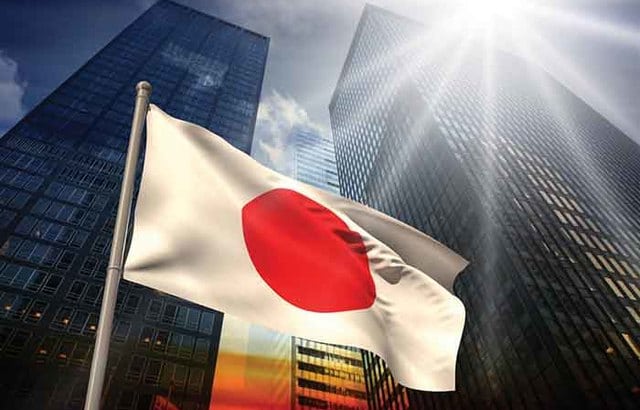Reflecting a strong year for Japan generally, not one fund in the 63-strong sector has lost money this year, possibly explaining why it has racked-up nearly £1.25bn of net retail sales so far this year according to the Investment Association.
With other parts of the globe tarred by political instability, Japan has been a beacon of stability, demonstrated by Shinzo Abe’s convincing victory in September’s election. At the same time the economy has remained strong, with GDP increasing for six consecutive quarters, which is the first extended stretch of growth for over a decade.
At the same time, earnings growth has been on the rise, persuading investors, so often burnt in the past, that things this time really might be different.
In this environment the best performing fund over the period 30 December 2016 to 8 December was Sophia Li’s £28.8m First State Japan Focus Fund, which returned 39.57%. She beat Hideo Shiozumi’s Legg Mason IF Japan Equity Fund into second place, after it rose 31.92%, with Fidelity Japan Smaller Companies claiming third spot with a 29.86% gain.
To put the strength of the sector in perspective, the worst performer in 2017 was the Man GLG Core Alpha Fund, which posted a respectable gain of 7.86%. Over the same time period the Nikkei 225 and MSCI Japan indices returned 13.25% and 12.82% respectively.
For those who invested in the IA Japanese Smaller Companies sector meanwhile, 2017 was even better after the average fund in the sector rose 22.42%. However, this is largely owing to the virtue there are only seven funds in the sector and indeed with a return of 32.19% the best fund – Baillie Gifford Japanese Smaller Companies – returned less than the best performer in the wider Japan sector.
Despite this positive performance, Peter Jenkins, a Japanese equity portfolio manager at Nomura Asset Management, says 2017 has not all been easy. He says the equity market spent much of the year in a slow upward trajectory, punctuated by sharp corrections, most notably in April.
“Since September, however, helped by heavy foreign buying, the market changed up a gear and moved sharply higher,” he says.
Despite stability at home, Jenkins says that for much of 2017 the Japanese market has struggled against wider geopolitical concerns. These included the North Korean missile and nuclear weapons testing programmes, the uncertain outlook for global interest rates and Chinese growth.
“Even in times of uncertainty, Japanese share prices have proved resilient and the correction in April proved short in duration,” he says. “The key support for the market has been the positive and improving corporate earnings picture.”







